When you think about Romania, what do you think of? Ugly communist buildings? Shaven-headed children in run-down orphanages? Oppressed people ruled by a tyrannical megalomaniac?
Or do you think of jagged mountain peaks, lush pine forests, pretty medieval towns, and gothic castles? Because you should.
Romania has certainly had some bad press over the years, but how many people realise that this is the Romania of the past, and that the country is now a great destination for the action-seeking or culture-hungry traveller?
Since returning from my trip, a number of people have expressed surprise that Romania is a destination worth considering, but the truth is that Romania has some of the most dramatic and beautiful countryside in Europe.
And it has some of the most impressive castles.
Peles Castle in Sinaia is located 135 km from Bucharest, close to the pretty medieval town of Brasov. It was commissioned by King Carol I after he fell in love with the mountains surrounding the valley, and Peles was designed as a palace featuring classic Italian Renaissance architecture.
With its stunning mountainside location and surrounding forests, it is the perfect example of a fairy-tale castle.
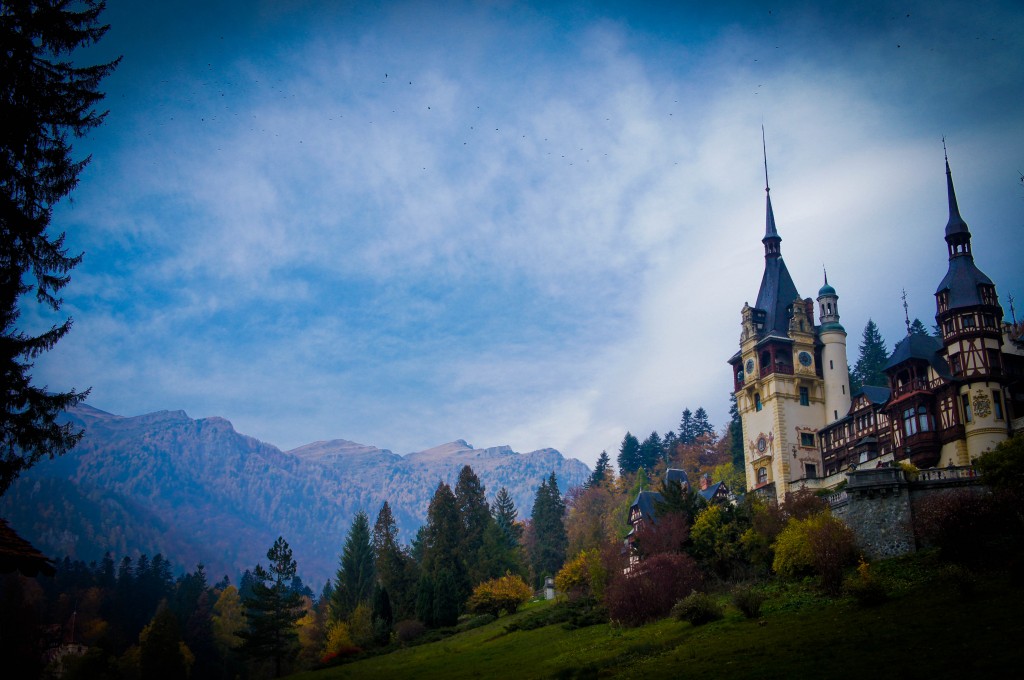
It is possible to take a day trip from Bucharest, but probably best not to be in too much of a rush as the trains are notoriously slow and unreliable. Take the Brasov train from Bucharest’s Gare du Nord station and get off in Sinaia—a small skiing town in the foothills of the Carpathians. The journey takes about two hours, and after a 70 minute delay, we were finally on our way.
The castle is a pleasant walk through the park and up through the valley, from the station. Colourful market stalls sell traditional handicrafts and the usual array of tacky souvenirs but, refreshingly, the vendors are not at all pushy. I stopped for some gingerbread and would definitely recommend it!
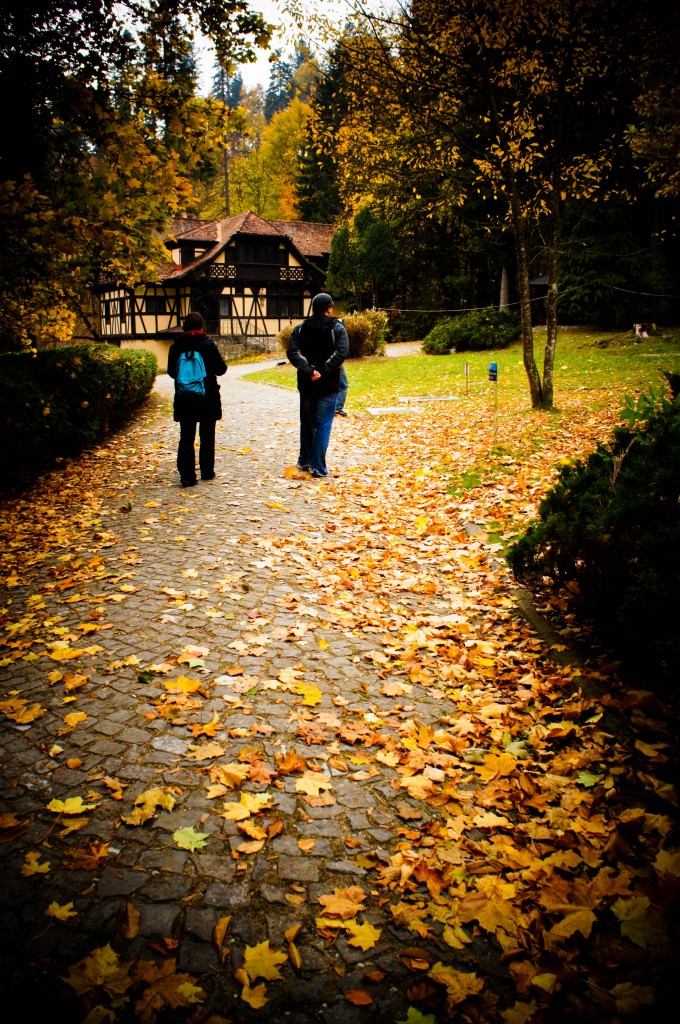
Although the weather was rather grey and misty, the trees still gleamed golden in the gloomy light of late autumn, and I couldn’t help but think of Jonathan Harker’s description of the approach to Dracula’s castle when I finally saw Peles.
“We kept on ascending, with occasional periods of quick descent, but in the main always ascending. Suddenly, I became conscious of the fact that the driver was in the act of pulling up the horses in the courtyard of a vast ruined castle, from whose tall black windows came no ray of light, and whose broken battlements showed a jagged line against the sky.”—‘Dracula’ Chapter 1
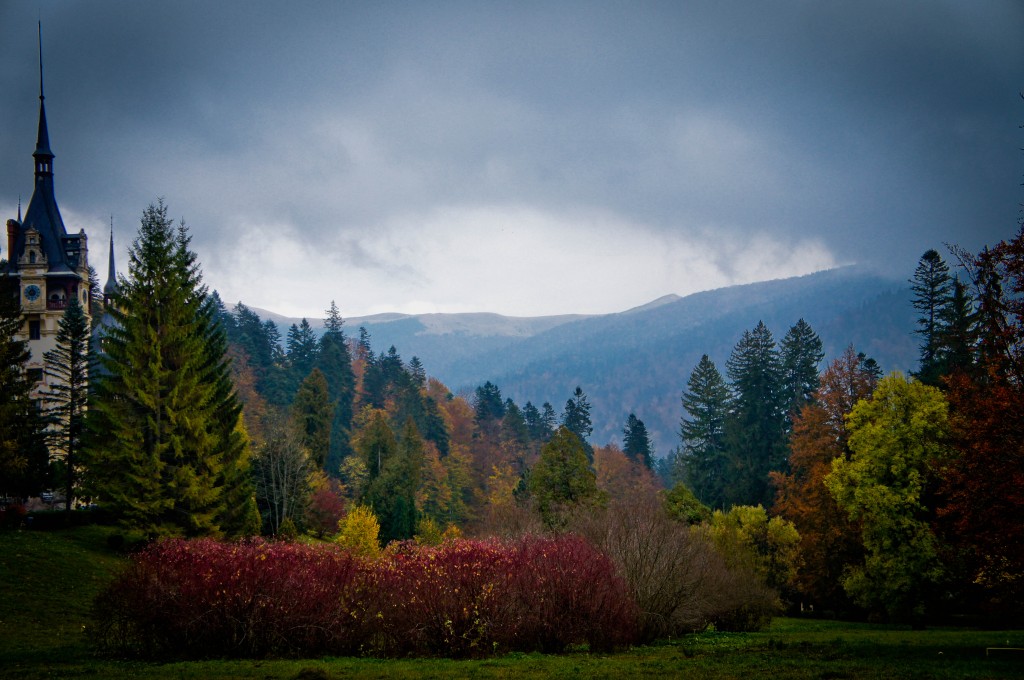
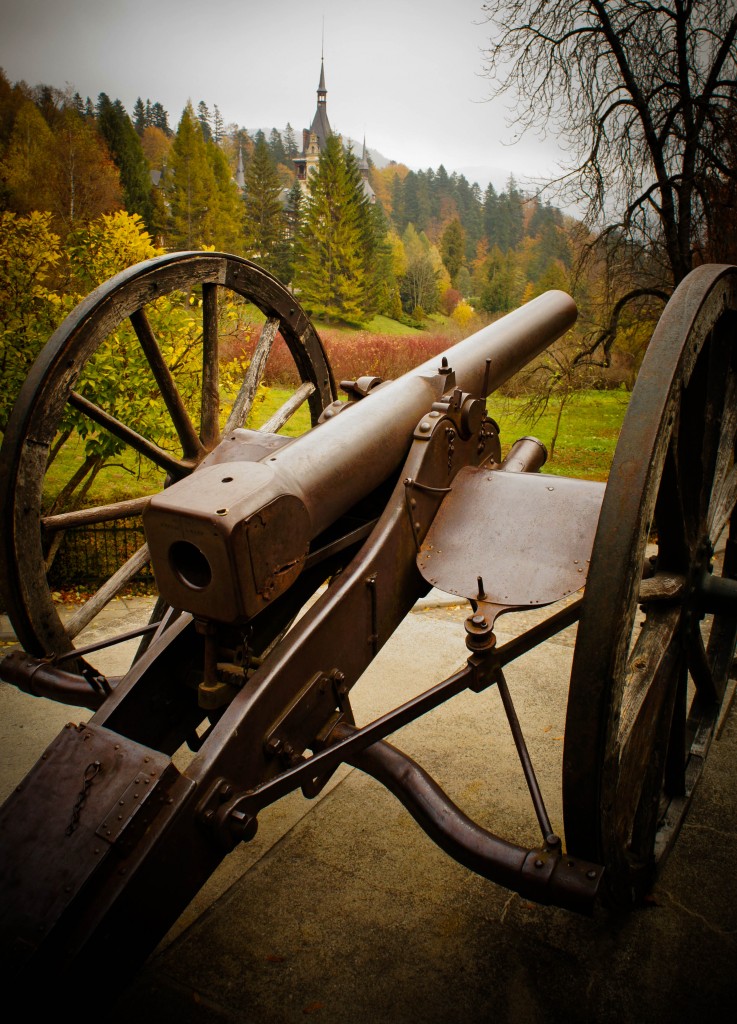
I didn’t go inside the castle as the queue was too long, but as I am generally more interested in the architecture of great buildings, rather than fancy furniture, I didn’t mind too much.
Once you have wandered around the castle, you should take a trip up the mountainside using the cable cars. As Sinaia is a very popular ski resort, it is possible to use the cable cars and ski-lifts to visit the top of the mountain. Ascending in the cable car, the mountain became shrouded in mist so I don’t have any pictures, but we did stop at a barbecue stall for a simple lunch of grilled sausages, potatoes and bread, and I can imagine that on a clear day the view would be spectacular.
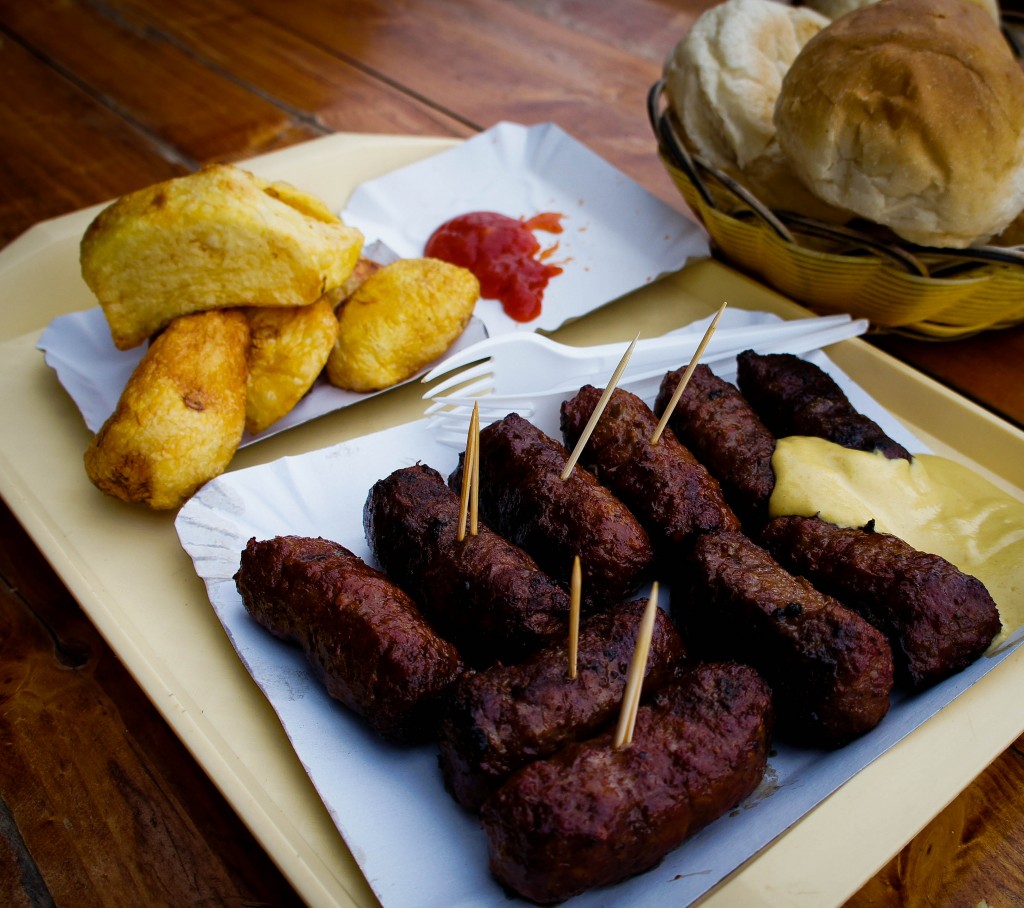
Afterwards we made our way back to the station, where we had a 90 minute wait for the train home–it was a long day but totally worth it.
What is your impression of Romania? Have you visited Romania? Do you know of any other fairytale castles that I should visit? I’m thinking of making ‘Europe’s Fair-Tale Castles’ a feature on my blog!

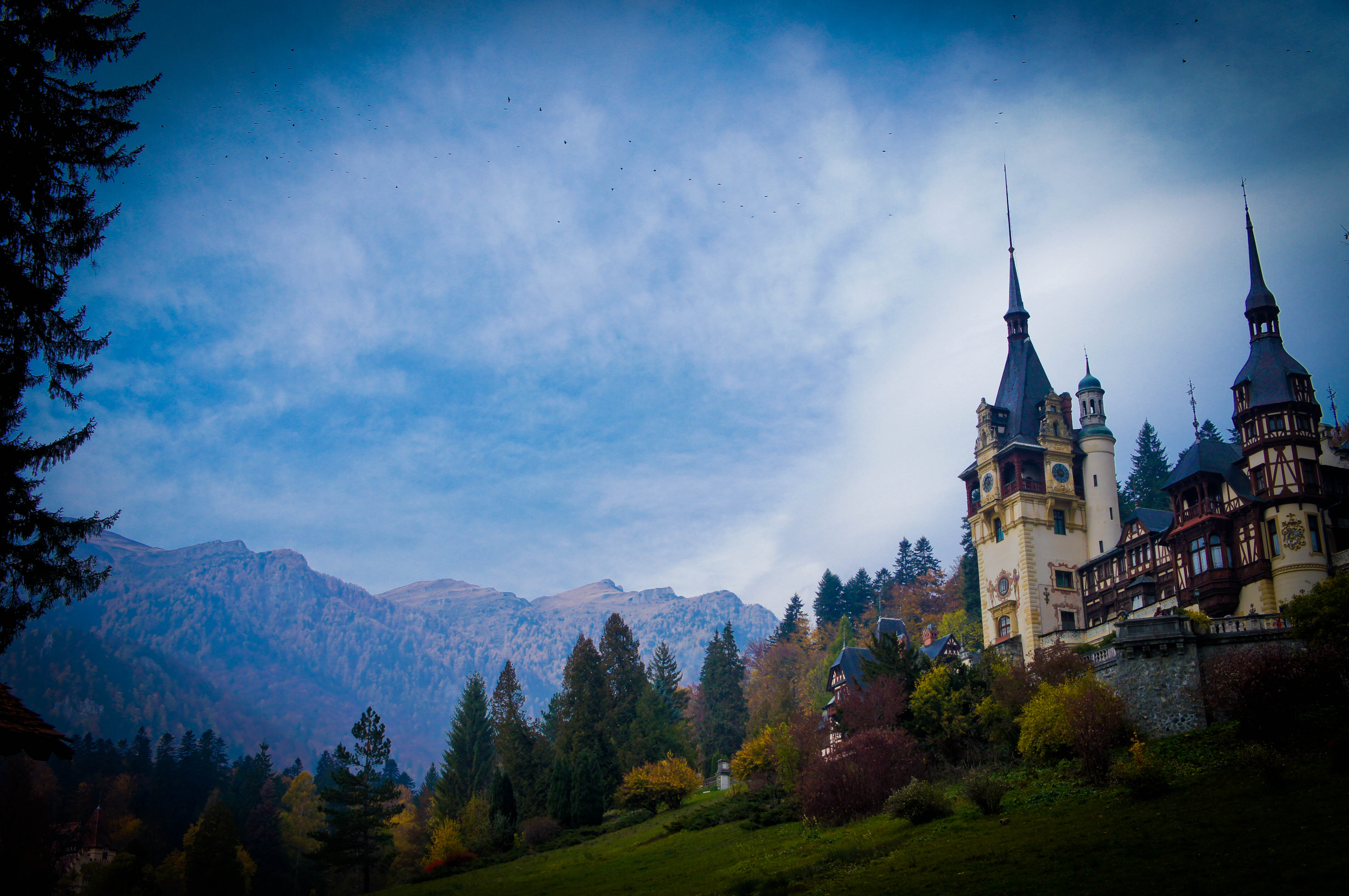
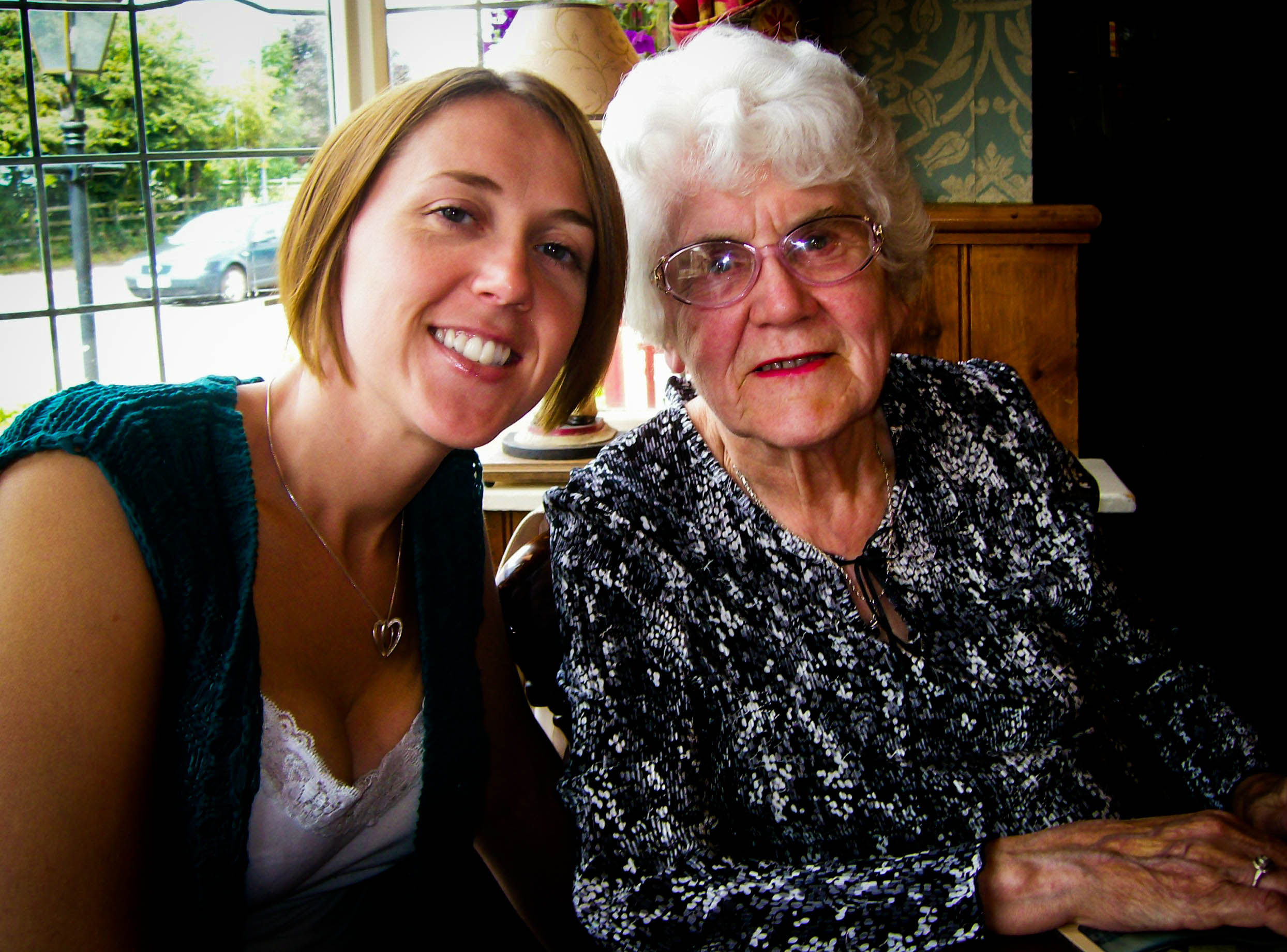

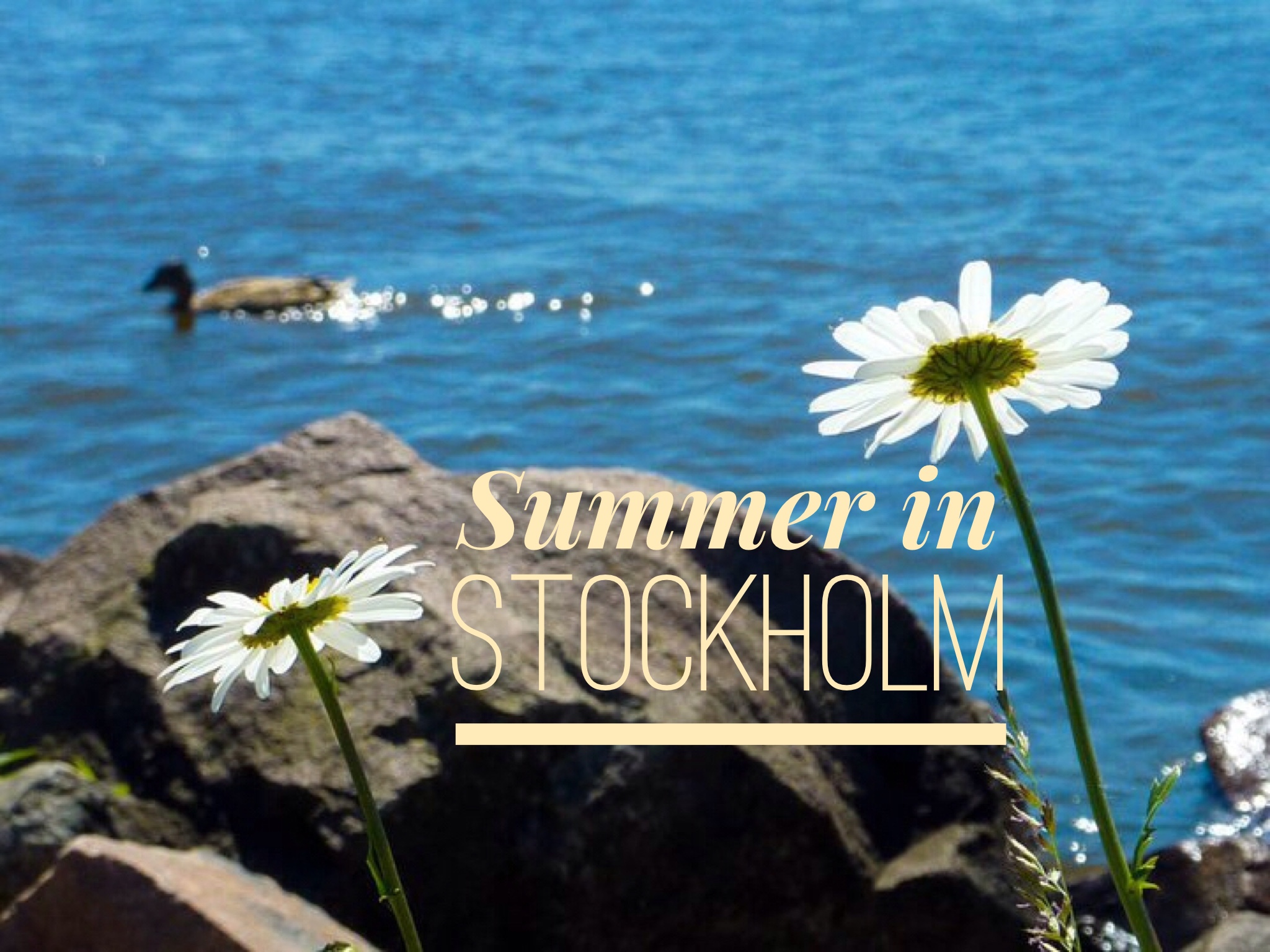
This immensely visual description of present-day Romania is extremely different from the drab, horrific conditions I witnessed on a visit to the country, specifically Cristuru-Secuiesc, near Oradea, in 1991. This was fairly soon after the western world could more easily travel there, after the poignant television footage of orphanages Anneka Rice exposed. I had planned a month’s visit to one of the same with six 6th formers and a ton of aid to principally help re-decorate the school-room on the third floor and engage in child-care.
We travelled by mini- bus through six countries there and back and I will never forget being stopped for six hours on the Hungary-Romania border by burly, armed guards, who insisted on examining our ‘aid’ with a proverbial toothcomb, incase we had anything they would deem unsuitable! We had been advised not to protest and to exercise the uttermost patience- in case they turned us back- and also to have packets of cigarettes, soap et al with us that we could barter with. I felt terrified and quite vulnerable as they asked us to get out and looked us all over as well.
The orphange story is one I hope to discuss one day on a blog such as this. Suffice to say that after only two days of poor quality food- but the best the staff could provide..for example, bread with lard spread on it and luke-warm tea..my students stopped eating, so it was just as well that I had emergency rations of orange juice, pot noodles and cereal bars in the van! We eventually found a small restaurant that did basics like chicken and chips, but it was a steep learning curve for a then quite inexperienced English teacher! Another difficulty was lack of privacy as the 6th formers and I were an obvious novelty for very deprived children and they kept bursting into the one room we all shared.
Happier moments include the occasional journey into the breath-taking countryside such as is described here. Romania was once described as ‘the bread-basket of Europe,’ in respect of its fertile terrain, potential for crops and thereby exports and we saw some of that beauty during the summer of ’91. I was also able to have lunch in what was supposedly once ‘Dracula’s House’- now a pub-restaurant and on another occasion, to visit, along with another member of our own staff, a local hospital where a two-year old lad was that some close friends were about to adopt. The process of being able to access the lad was quite involved, in that we had to find the lawyer involved with the case first- and ended up having a fascinating conversation in the garden with him and an interpreter! Memories of two other boy-babies in the same room have always haunted me: did they survive? Were they also adopted? Or did they languish in that rather squalid hospital room? One of them held onto my finger fiercely and it took all my strength not to smuggle him out to- probably- save his life…
I have often wondered how the country has evolved since and would love to return one day. Thank you Elaine for an update- and for the glorious photos! The mountains are wonderful and there is a freshness one needs to experience for oneself out in the countryside. As intimated in this article, there is a drama about such that is always worthy of film and a timelessness that moves and affects the spirit. It is as if the valleys have been frozen in time and you can imagine life as it was hundreds of years ago. I will be interested to read other comments left here- especially those of you who have visited Romania, like Elaine, much more recently than I have.
Thank you so much for your comment, Carole. You paint a very accurate picture of how Romania was only 20 years ago. I wish I had had teachers like you to give me opportunities like the one you gave your 6th formers.
I had an older friend who volunteered in Romania as part of the ‘Blue Peter’ orphanages project. Once a month for a year she wrote me long letters (on toilet roll!) describing her life there. It was a world away from anything I had ever known, and completely opened my eyes.
I went in 2000 and saw something of how it had been – I visited an orphanage and was told that many of the children had AIDS from birth. I found it hard to comprehend how a child could be born into our world with a death sentence already imposed upon them. I doubt that any of the children I saw in that room that day are alive now. The orphanage was, no doubt, better than the ones that you visited – but not by much. The rooms were dark and dank, and the children only really had paper and colouring pencils to entertain them. They did, however, have caring staff – something that many of Ceausescu’s orphans never had.
The countryside is so beautiful, and the people so friendly that it is impossible not to visit Romania and have your heart broken about what happened. It must have been even worse to visit so close to the aftermath of 1989.
I spoke at length to a taxi driver I travelled with. Even in general conversation, his thoughts about everything were divided into ‘before 1989’ and ‘after 1989’. It is hard for us to understand how a person’s life can change so dramatically, almost overnight. He said some ery interesting things, which I really should post about on here – maybe next week.
Romania is most definitely a place I would love to work in so that I can get to know it better. Maybe next year?
You have changed my view of Romania and I hope to visit, maybe in Fall as your pictures are lovely! Thanks for sharing.
Erica from Livingif.com recently posted..Snapshot Sunday: Sheikh Zayed Grand Mosque
Yes you should! I would like to go back and see it when the snow is thick and the Christmas markets are out.
Thanks for the comment
Oh my days, we’re heading to Romania this summer and I thought that I couldn’t be any more excited- until I read this post. I don’t know what it is about Romania but I feel like I NEED to be there. So so excited. Thank you for giving me a little burst of joy on a Wednesday morning!
I am so pleased that you enjoyed the post! You will have such a lovely time in Romania – and it will be really beautiful in the summer!